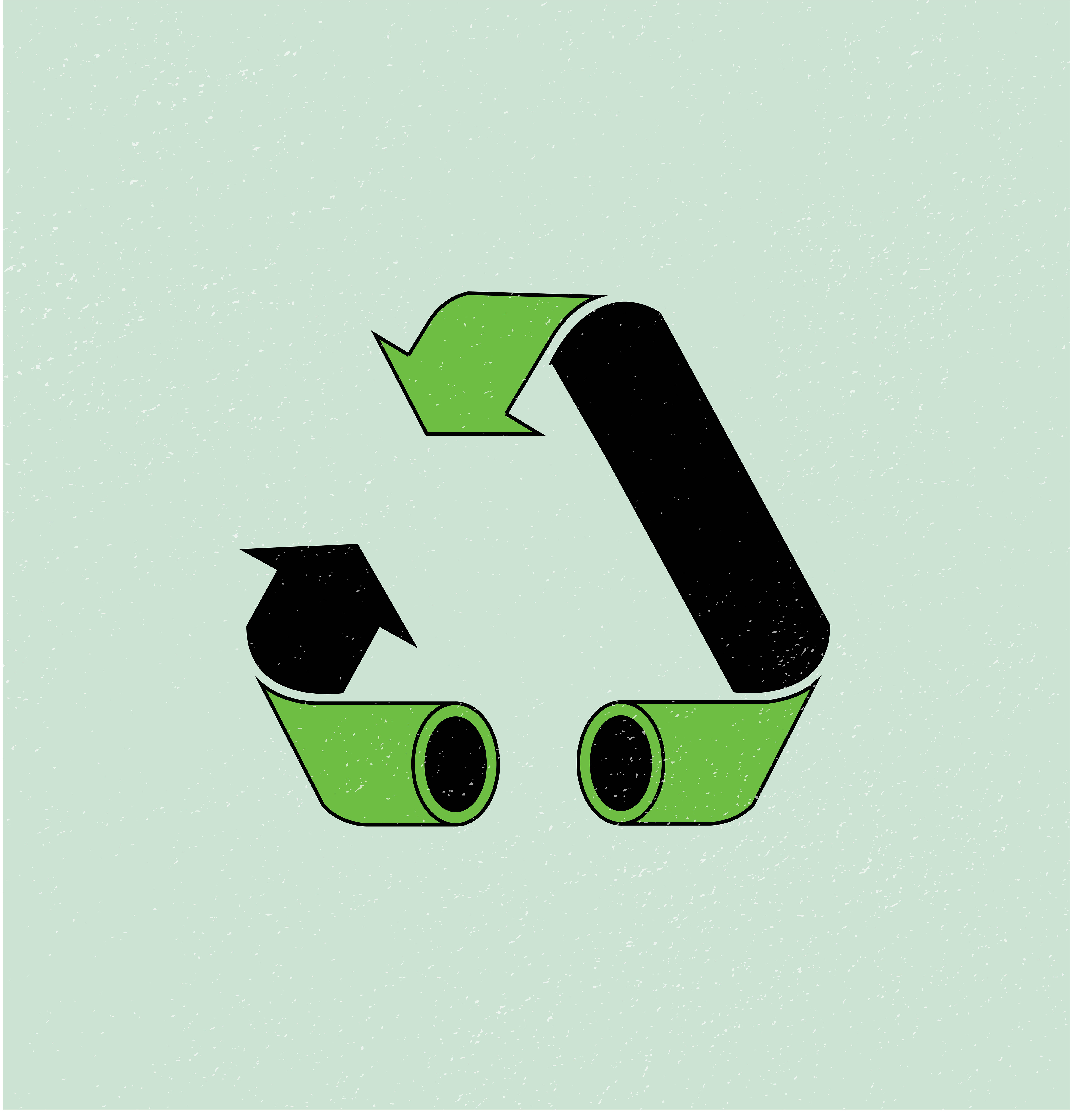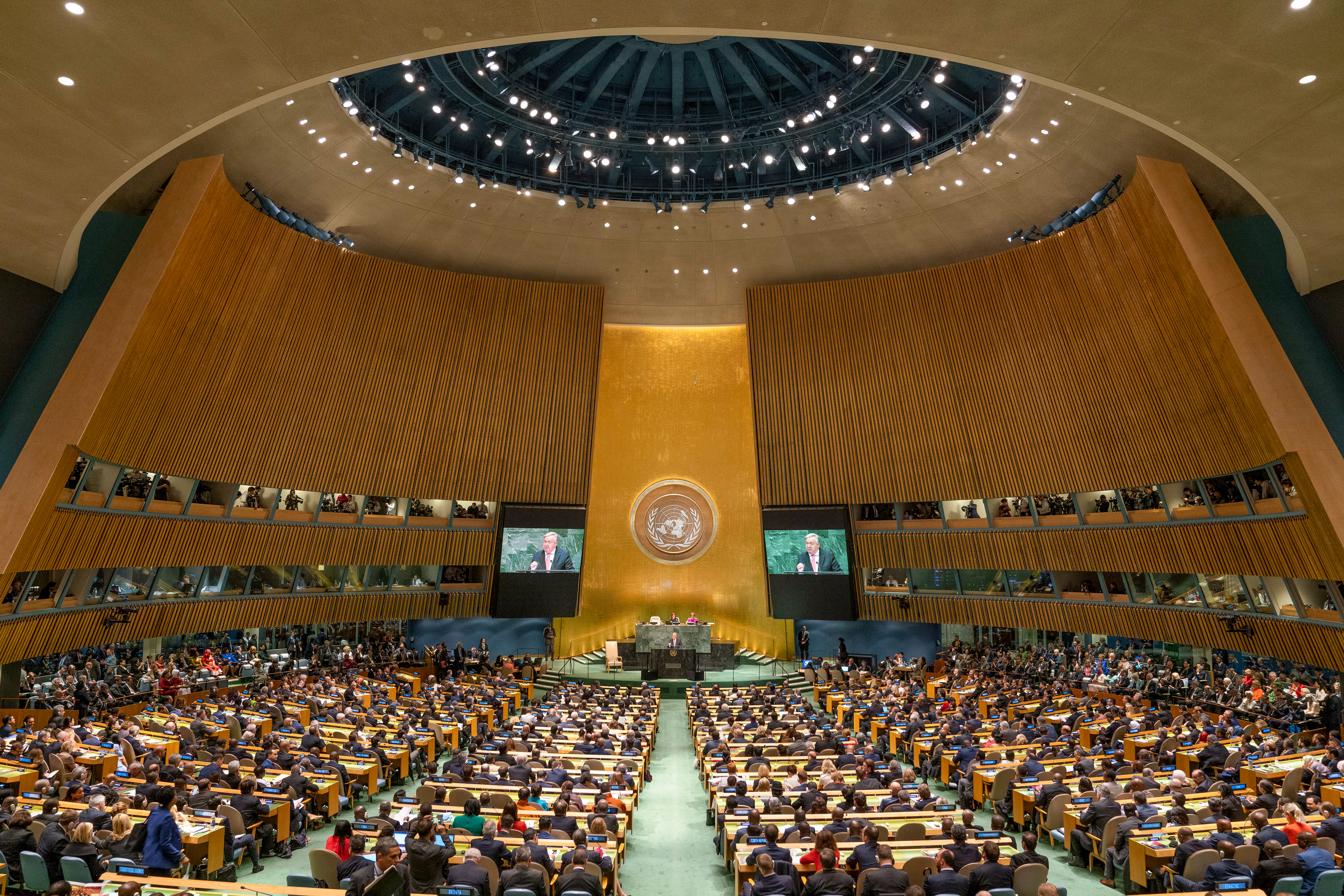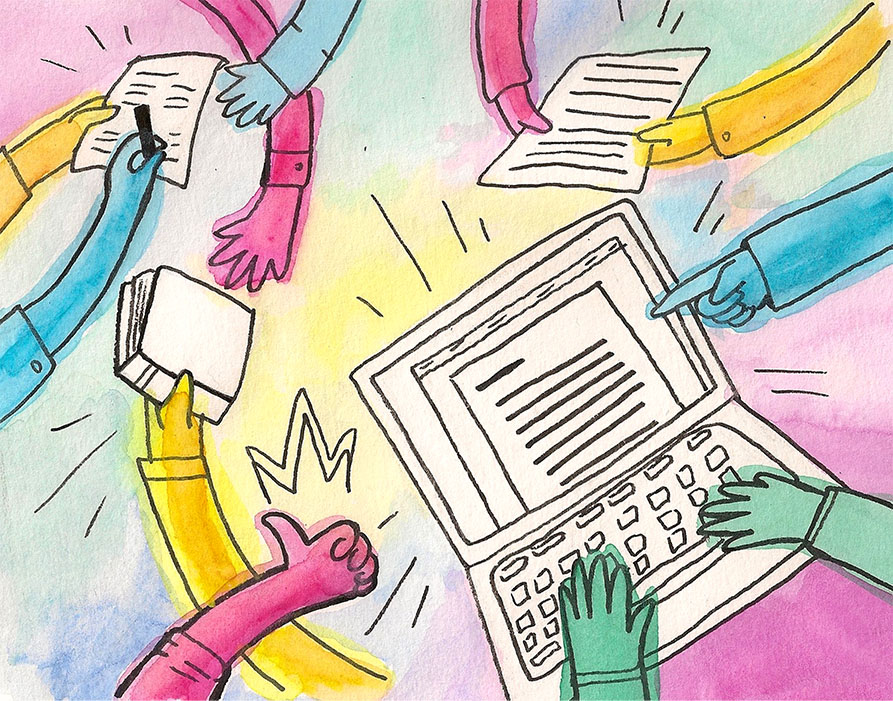The world’s plastic consumption is a problem. However, how to tackle it may have veered off track. Focusing on banning plastic straws has distracted from the real issues within the environmental plastic crisis. There’s still important work to be done and conversations to be had.
These days, plastic straws specifically are occupying the forefront of environmentally conscious minds, perhaps instigated by the viral video in which a plastic straw mutilated the face of a sea turtle. Plastic straws are also not recyclable and—more often than not—end up in our oceans.
In the last 10 years, corporations and state legislators in the United States have been cracking down on plastic straw usage. Starbucks recently announced plastic straws will be extinct in their stores nationwide by 2020. Disney parks are following suit and have committed to eliminating plastic straws by mid-2019. In Seattle, plastic straws and utensils were banned city-wide beginning this last summer in hopes to “decrease plastic waste and encourage conversation about environmental conservation,” according to The Seattle Times. In the same vein, California state legislators have also taken recent measures to significantly reduce plastic straw waste.
According to Eco-Cycle, 500 million plastic straws are used in the U.S. every day. However, 300 million metric tons of plastic were consumed worldwide in 2015. Straws make up a very small percentage of that amount. The bigger problems on our hands and in our oceans come from lesser-known sources.
The biggest plastic pollutant offender is fishing gear, which makes up 46 percent of the plastic in the “Great Pacific Garbage Patch.” Furthermore, 640,00 tons of fishing gear are abandoned in oceans each year, resulting in animal injuries, mutilations and premature deaths of whales, seals, turtles and sharks. Out of the estimated 8 billion metric tons of plastic in our oceans, only about .03 percent is made up of plastic straws.
For a one-time use object that is—in most cases—convenient to eliminate, it is no surprise that straws may be the gateway drug for recycling. “We look at straws as one of the gateway issues to help people start thinking about the global plastic pollution problem,” Dianna Cohen, CEO of the Plastic Pollution Coalition, told Business Insider. “They’ve been designed to be used for a very short amount of time, and then be tossed away.”
Straws may be starting conversations and bringing awareness to the plastic crisis worldwide, but other than distracting from bigger plastic pollutants, replacing plastic straws may not be able to solve the problem. For example, Starbucks’ straw replacement will be new, recyclable plastic lids. However, only nine percent of the world’s plastic is recycled anyway. There is no way to be sure these new plastic lids will not be disposed of in the same way plastic straws are carelessly thrown away.
This problem goes much deeper than what is recycled and what isn’t. In the U.S., one-half of exported recycling goes to China. But this is changing fast: China has implemented significant restrictions on foreign recycling and waste imports, including banning plastic. This means the small amount of plastic that is recycled has nowhere to go. Many states, including Oregon, have been left wondering what to do with their plastic. For now, much of what we recycle goes to landfills.
If the plastic epidemic has taught us anything at all, it is that we need to radically reform how we think about consumption in terms of the individual and the nation.
Environmental activism surrounding the elimination of plastic cannot end with straws. Giving up straws is a convenient sacrifice for the right reasons, but that act alone is not enough. We have bigger problems we, and our oceans, cannot afford to ignore.
I am at PSU pursuing an art history major and am minoring in Gender, Sexuality and Queer Studies and Design Management. I took on the role of opinion editor in summer 2018. When I started writing for the opinion section last year as a contributor, I was looking to learn about journalism and media; I can say I definitely have. As an editor, I focus on creating environments in which writers and readers can connect and engage in productive conversations exploring new points of view.






